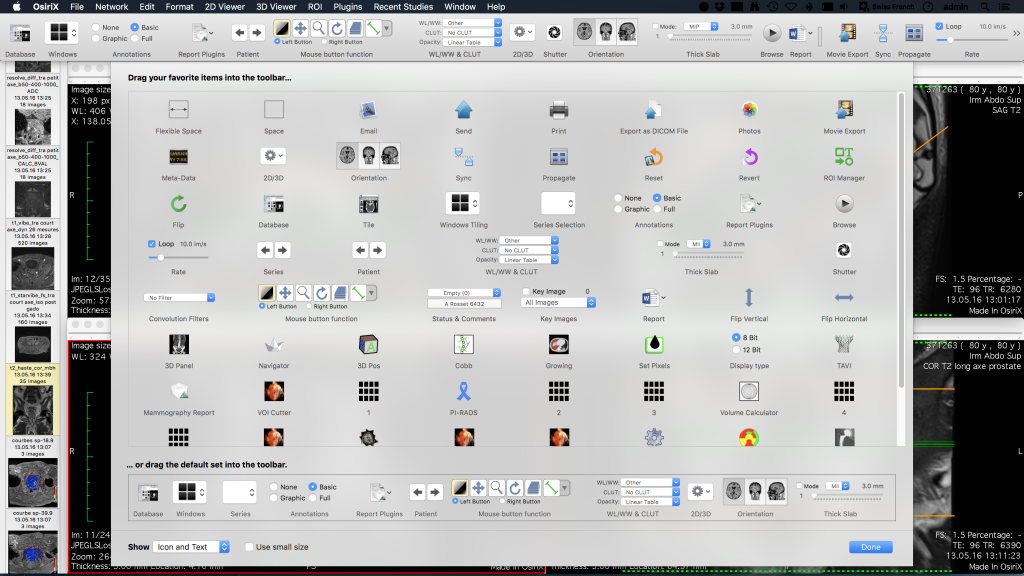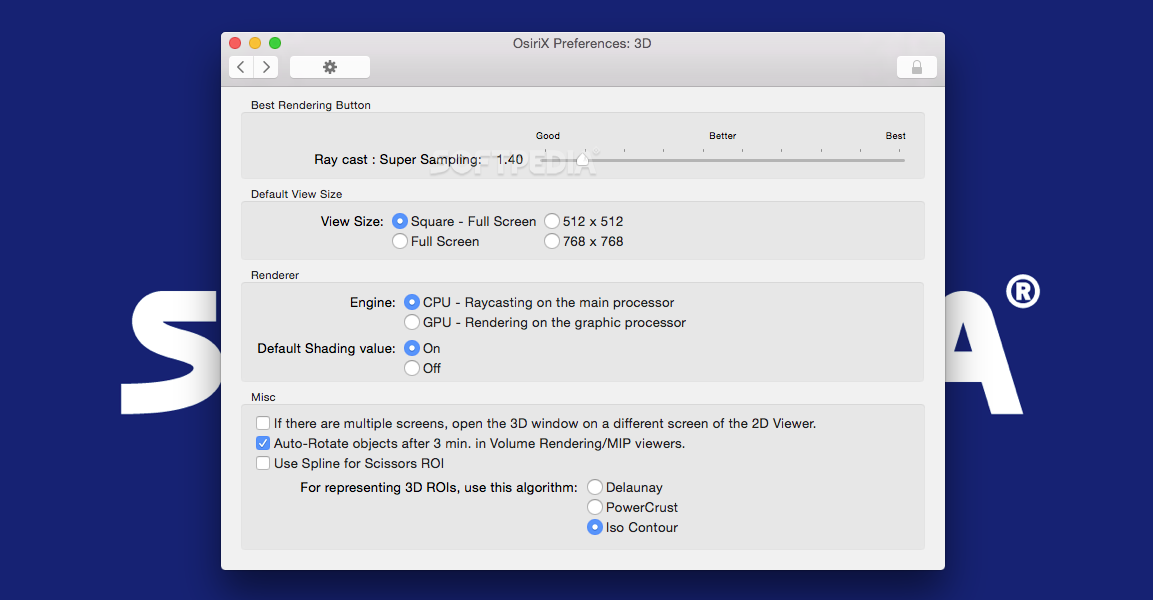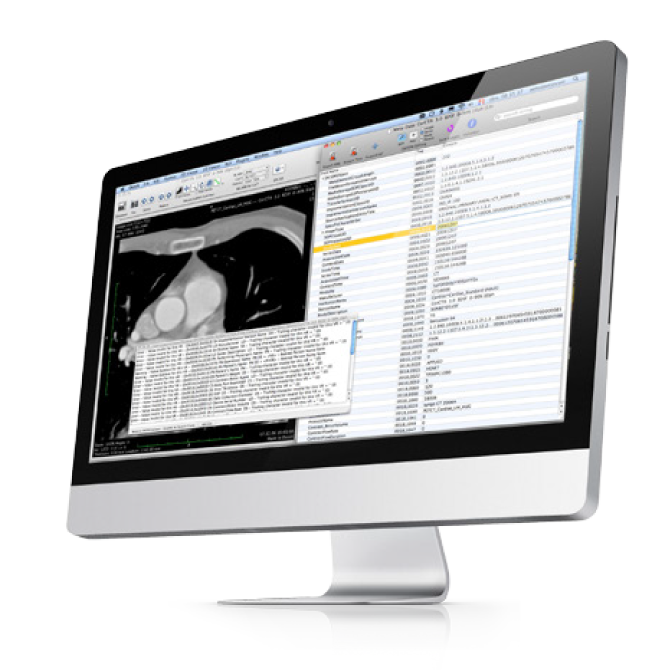

- Osirix md sorting install#
- Osirix md sorting archive#
- Osirix md sorting software#
- Osirix md sorting Offline#
The other domains of Imaging Informatics mainly include the transmission of medical data between systems and managing the workflow of a radiologist. Both of these open source projects, along with other successful open source projects such as DCM4CHE and DVTK are widely considered to be part of a PACS administrator’s essential toolkit to carry out their daily tasks.
Osirix md sorting software#
Louis, MO developed the Central Test Node (CTN, ) software to support cooperative demonstrations by medical imaging vendors. The Electronic Radiology Lab at the Mallinckrodt Institute of Radiology from St.
Osirix md sorting Offline#
The OFFIS group from Oldenburg, Germany, developed DCMTK-a collection of libraries and applications implementing large parts of the DICOM standard, which includes software for analyzing, constructing, converting DICOM image files, handling offline media, sending and receiving images over a network among many others. The Radiological Society of Northern America (RSNA) commissioned two groups to develop the first reference implementations of DICOM in the early 1990s as a means to accelerate the adoption of the standard. Open source development has been critical in the adoption of DICOM as the de facto global IT standard for medical imaging.

The National Electronic Manufacturers Association (NEMA) developed means to standardize the storage, transmission and presentation of medical images through a standard named Digital Imaging and Communications in Medicine ( DICOM).
Osirix md sorting archive#
Integration and interoperability quickly became the next challenge as having a centralized archive of all medical images was not easily attainable and the visualization of medical images could not be separated from the archiving functionality. The first generation of PACS technology was created in the late 1980s by modality vendors, who implemented proprietary file and representation formats and bundled the PACS as part of a modality purchase. Picture Archiving and Communication Systems (PACS) emerged to tackle the management of these images these systems are responsible for storage, retrieval, transmission and display of medical images. Medical images contain several thousand shades of gray and require a higher bit-depth than traditional commercial imaging formats. A 1000-bed hospital may have more than 1300 radiology examinations done in a single day with an average of 350+ images, and these images need to be stored for at least seven years (different rules apply for pediatrics and mammography) due to Health Insurance Portability and Accountability Act (HIPAA) regulations.

The storage and presentation of medical images was one of the first initial challenges in imaging informatics a typical CT scan today produces thousands of images, which require storage space of ~500MB.

Radiologists are medical doctors with specialized training in imaging, who often use software tools with advanced postprocessing and computer vision functionality to interpret the images. The "modalities," such as Computed Tomography (CT), Magnetic Resonance Imaging (MRI) and Computed Radiography (CR/DR, otherwise known as X-Ray), produce images that are interpreted by radiologists. Radiology involves both sophisticated medical hardware and software. The domain of imaging informatics is generally associated with radiology, though other specialties such as cardiology, pathology, and dermatology are also heavily based on medical imaging. By leading the effort to digitize health data, imaging informatics has set the precedent for the adoption of the technology industry's best practices and subsequently open source software. Open source software in healthcare has been instrumental for sharing common tools and increasing adoption of emerging medical information technology (IT) standards.
Osirix md sorting install#
Install it in less than 5 minutes, and you have a fully working medical imaging workstation, ready to import images from a PACS or directly from a CD or USB stick. OsiriX MD is a stand-alone software, easy to install, and doesn’t require any specific environment to work. OsiriX MD is at the same time a complete medical imaging workstation for a radiology department, and an ideal companion for a general practitioner or a surgeon to review the scanners and MRIs of his patients. It fully supports the DICOM standard for an easy integration in your workflow environment and an open platform for development of processing tools. OsiriX MD is certified for clinical use in medicine and offers advanced post-processing techniques in 2D and 3D, exclusive innovative technique for 3D & 4D navigation, including PET-CT and SPECT-CT support, and a complete integration with any PACS. With ultrafast performance and an intuitive interactive user interface, OsiriX MD is the most widely used medical images viewer in the world.


 0 kommentar(er)
0 kommentar(er)
